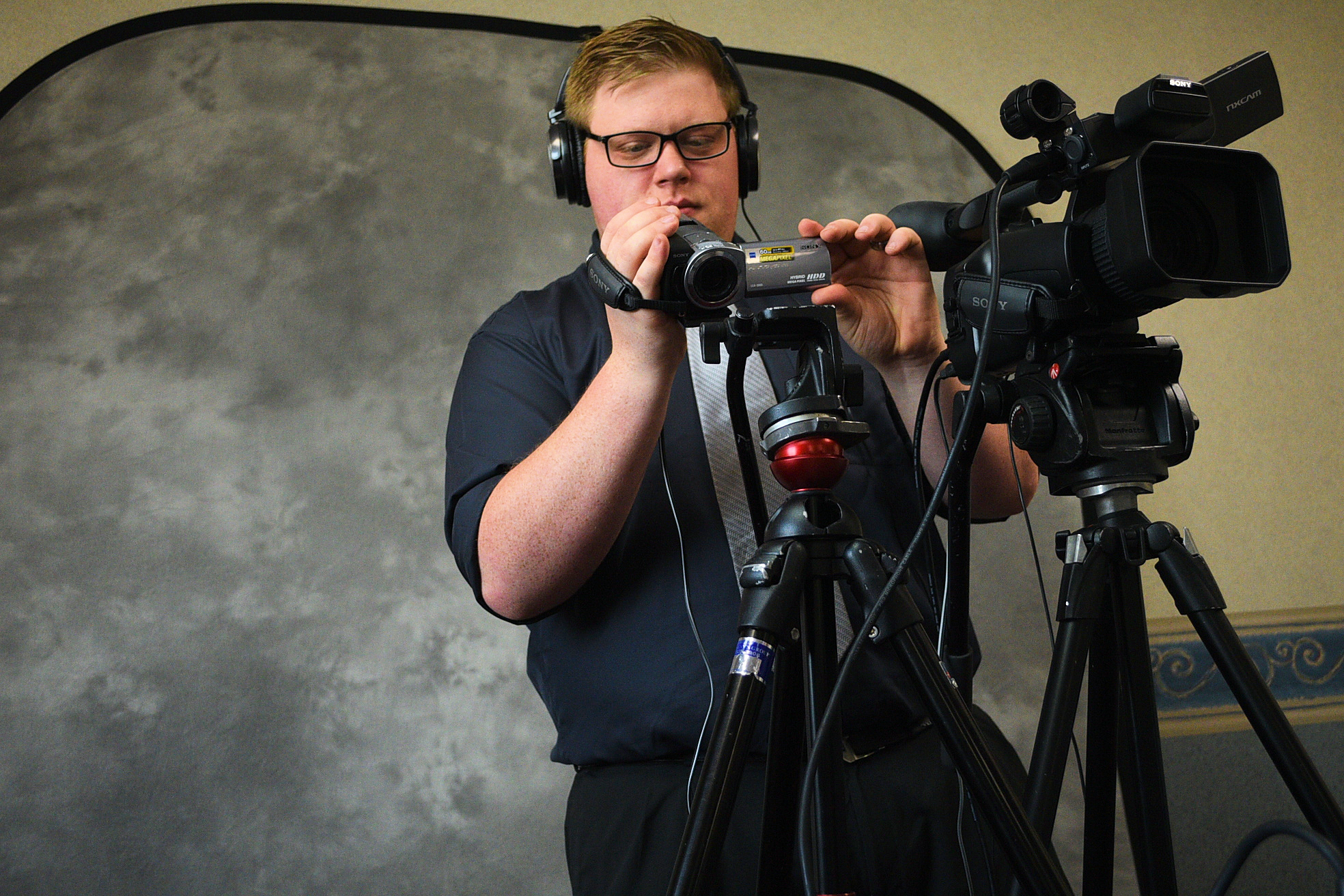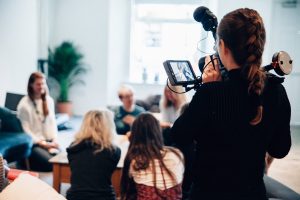High-Resolution Legal Videography for Critical Evidence Recording.
High-Resolution Legal Videography for Critical Evidence Recording.
Blog Article
Why Lawful Videography Is Crucial for Accurate Legal Record-Keeping
In the realm of legal proceedings, the precision of record-keeping is paramount, and lawful videography arises as an essential device in this context. As we discover the diverse advantages of legal videography, one must consider its implications for the future of judicial integrity and openness.
Relevance of Visual Proof
Developing the value of visual evidence in lawful procedures is vital for making sure precise record-keeping and enhancing the total honesty of the judicial procedure. Visual proof works as an important tool in documenting occasions, conditions, and other pertinent information that may be important to an instance. Unlike composed accounts, which are vulnerable to analysis and predisposition, visual recordings give a goal, unalterable representation of truths as they occurred.


This kind of evidence can catch a selection of components, including witness habits, environmental context, and physical proof, every one of which might affect judicial outcomes. By presenting a clear and detailed aesthetic story, lawful videography removes ambiguity and helps to preserve the authenticity of the evidence.
Furthermore, aesthetic evidence can be critical in minimizing disagreements over valid disparities, as it enables a straight contrast versus testament and various other recorded records. In an age where electronic modern technology is significantly widespread, the capacity to existing visual evidence efficiently can substantially improve the overall quality of legal process. Inevitably, the unification of aesthetic evidence not only strengthens the documents procedure however also reinforces public trust fund in the judicial system by advertising transparency and responsibility.
Enhancing Statement Trustworthiness
The combination of lawful videography into court room procedures significantly improves the reliability of witness testament. By capturing the subtleties of verbal and non-verbal communication, video recordings give an even more extensive depiction of a witness's attitude, emotions, and integrity. This visual paperwork permits jurors to observe the witness's body language, faces, and overall presence, which are crucial elements that can affect their perception of statement reputation.
Additionally, lawful videography minimizes the possibility for misconception or distortion of statement that might take place in written transcripts. Customers can see and listen to the testament as it existed, guaranteeing that the context and tone are protected. This credibility cultivates a better feeling of trust among jurors, who may be much more likely to believe statement that they can witness firsthand.
In addition, the visibility of video footage can hinder witnesses from providing misleading or overstated declarations, as they know that their testimony is being recorded. This accountability reinforces the integrity of the judicial procedure. Inevitably, lawful videography acts as a crucial device in making sure that witness statement is not only accurately portrayed but also watched with enhanced reputation by all events included.
Comprehensive Record Preservation
Comprehensive document conservation is vital for preserving the integrity of lawful process. Legal videography acts as a crucial device in this process, providing an exact aesthetic and auditory account of statements, depositions, and other zero hours in an instance. Unlike traditional written transcripts, video recordings catch the nuances of body movement, tone, and feeling, which are important for this article recognizing the context and intent behind statements made throughout legal proceedings.

Moreover, the capability to examine video evidence allows attorneys to identify crucial details that may have been overlooked in created documents. By keeping a detailed archive of lawful procedures through videography, law office can promote the highest possible criteria of accuracy and accountability, ultimately adding to a fairer judicial procedure.
Enhancing Legal Proceedings
Simplifying lawful proceedings is essential for boosting performance and minimizing delays within the judicial system. Lawful videography acts as an essential device in accomplishing this objective by supplying clear and precise visual documents of court hearings, depositions, and statements. This technology permits for the original source real-time recording, making sure that all verbal and non-verbal signs are recorded, which can assist in quicker resolution of disputes.
The assimilation of videography into lawful processes decreases reliance on typical methods, such as extensive transcripts, which can be taxing to produce and assess. By having accessibility to recorded video footage, lawyers can quickly reference vital moments, improving their ability to prepare and present instances effectively. This immediacy likewise assists in the continue reading this clearing up of testaments, reducing the capacity for false impression.
Furthermore, aesthetic documents fosters a more appealing court room experience for jurors, helping them to understand complicated details more easily. Eventually, lawful videography streamlines communication among all celebrations entailed, from lawyers to courts to jurors, thereby promoting a much more effective judicial procedure (legal videography). In an age where time is important, welcoming this technology is vital for the contemporary legal landscape
Admissibility in Court
Precise paperwork is vital not just for effectiveness but additionally for making certain that proof is admissible in court. Lawful videography serves as a crucial device in this process, providing a trusted visual record of statements, statements, and events.
To be regarded acceptable, legal videography needs to comply with well-known procedures, such as correct devices use, suitable illumination, and clear sound capture. Additionally, it is important to have actually qualified videographers who recognize the legal demands surrounding evidence collection. The chain of custody need to additionally be preserved to avoid any type of cases of tampering or modification.
In addition, legal videography can improve the persuasiveness of proof by providing jurors with a direct sight of the testament, permitting a much more involved understanding of the instance. In summary, the integration of legal videography right into record-keeping not just sustains efficiency however additionally bolsters the integrity and admissibility of evidence in court procedures.
Verdict
In final thought, legal videography plays a critical role in ensuring exact lawful record-keeping by offering objective aesthetic documents. Eventually, the incorporation of lawful videography right into the judicial process promotes openness and reinforces public trust in the integrity of the lawful system.
Report this page